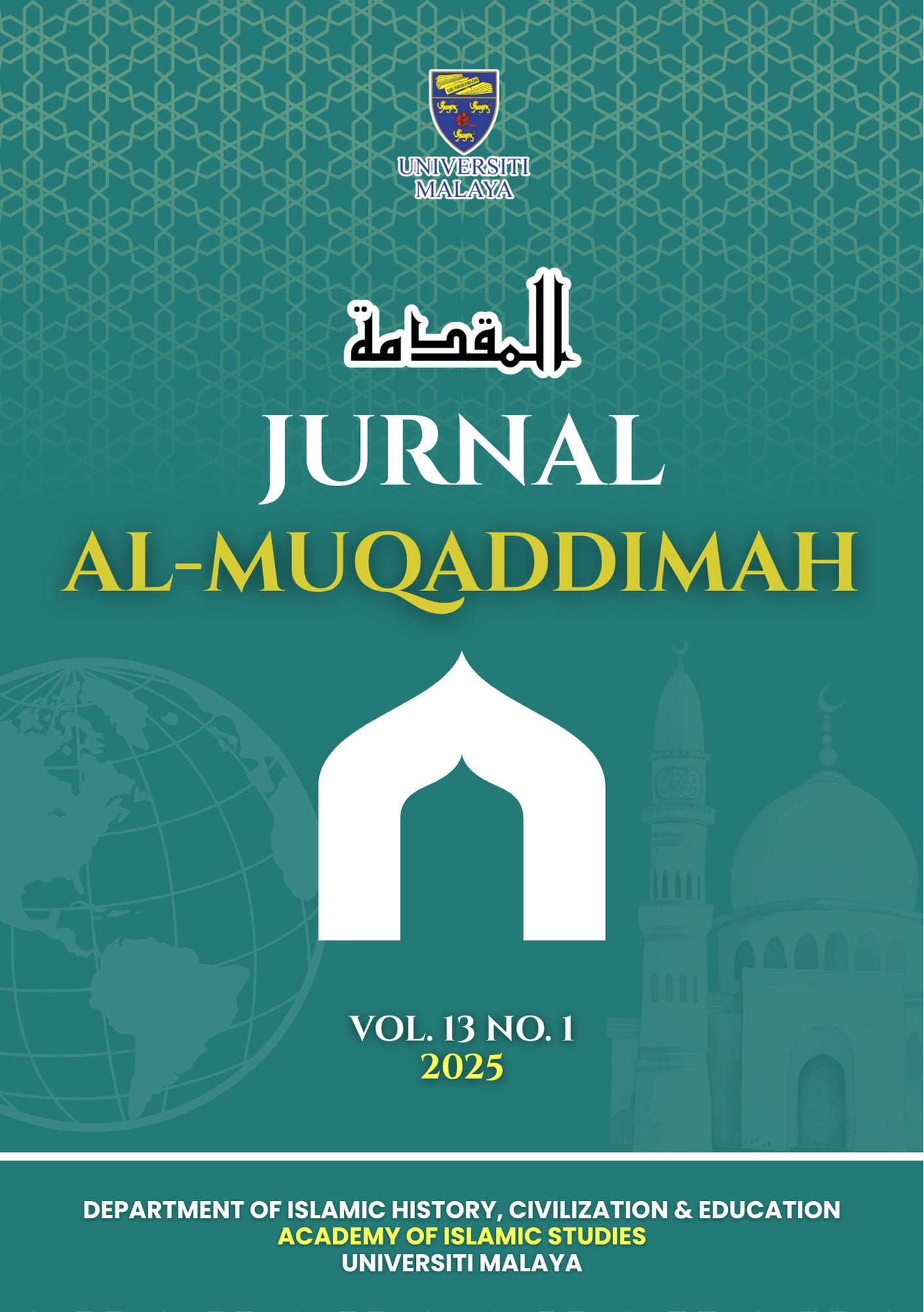Main Article Content
Abstract
Hadiqatul Azhar War Rayahin is a masterwork written at the end of the nineteenth century by Sheikh Ahmad al-Fatani that analyses the history of the Ottoman Empire, the stories of the scholars, and some discussions in many disciplines of knowledge. However, his work also documented the controversy over the radical ideas that existed at the time. This demonstrates the need of understanding the origins of this extreme thinking in order to avoid Muslims from being persuaded by it. The goal of this research is to identify the type of extreme belief and its characteristics that existed during the time of Sheikh Ahmad al-Fatani's work, Hadiqatul Azhar War Rayahin. This study employs a qualitative research approach based on historical research and content analysis to examine the work of Sheikh Ahmad al-Fatani, Hadiqatul Azhar War Rayahin. The findings of this investigation demonstrate that Sheikh Ahmad al-Fatani has his own ideas on extremist beliefs that can endanger Muslims' religious lives. This study contends that what Sheikh Ahmad al-Fatani described is critical for the current generation to utilise as a guideline to avoid religious extremism.
Keywords
Article Details
Copyright (c) 2023 Al-Muqaddimah: Online Journal of Islamic History and Civilization

This work is licensed under a Creative Commons Attribution-NonCommercial-ShareAlike 4.0 International License.
By submitting manuscripts to the Al-Muqaddimah, authors agree to transfer copyright to the journal. However, authors may republish their work or grant others permission to republish it; in which case it should be accompanied by a proper acknowledgment that the work was originally published in the Al-Muqaddimah. The journal adopt CC-BY-NC-SA licence which authors may also share and distribute their article anywhere of non-commercial website, social media and repositories immediately on publication.
Authors may also reuse the Abstract and Citation information (e.g. Title, Author name, Publication dates) of their article anywhere at any time including social media such as Facebook, blogs and X (Twitter), providing that where possible a link is included back to the article on the journal site.

